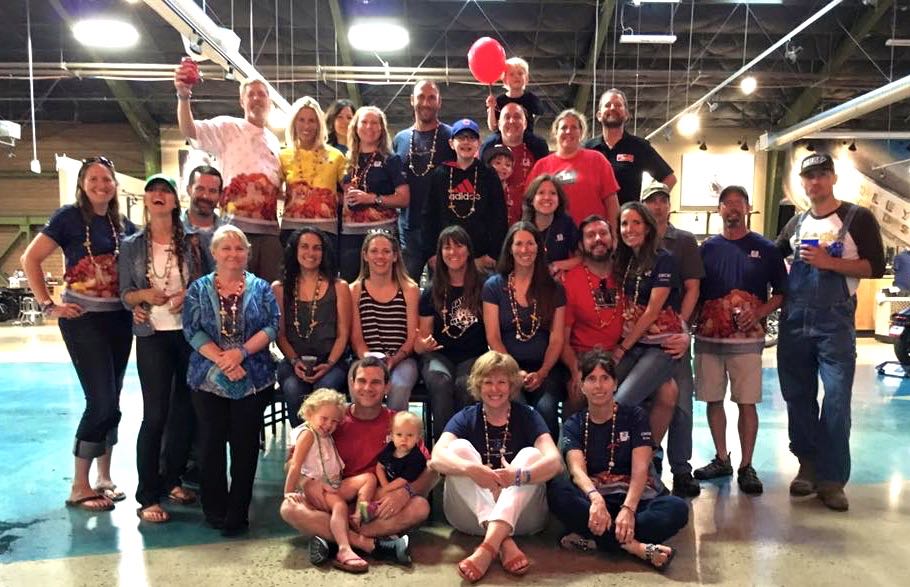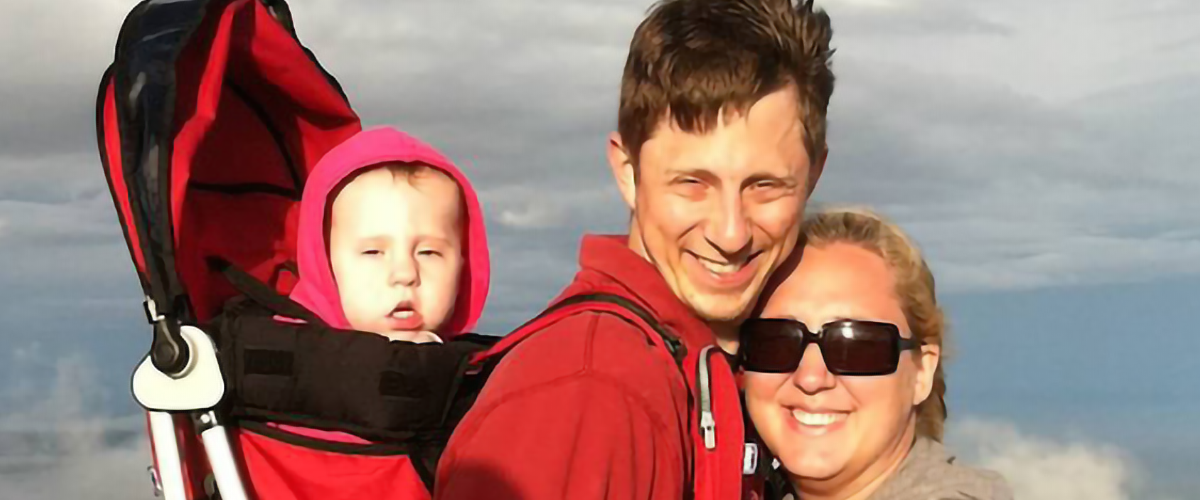“CRISPR-Cas9" (pronounced "crisper") is an acronym for the full name of a new cutting edge, gene-editing technology: “Clustered Regularly Interspaced Short Palindromic Repeat - Cas9".
CRISPR-Cas9 has garnered wide research interest for its capacity to target and correct disease-causing mutations. A naturally occurring gene editing technology, it was first identified in bacteria, which use it to protect against invasive viruses.
CRISPR and DM
DM is a disease of RNA processing, and understanding RNA binding proteins is at the core of understanding DM. It is the reduced availability of the RNA binding proteins muscleblind and CUGBP1 that cause the alterations in RNA splicing leading to many, if not all, of the signs and symptoms of DM.
New Breakthroughs in Targeting RNA from University of California
Dr. Gene Yeo’s lab at University of California, San Diego focuses on how gene expression is controlled at the level of RNA, the intermediary step in the DNA to RNA to protein pathway by which genes produce proteins.
His lab is specifically interested in RNA processing, RNA binding proteins, and how defects in RNA binding proteins cause neurological and neuromuscular diseases like DM.
In a recent publication in Cell and a more detailed commentary on technology development in Bioessays, Yeo and colleagues show that incorporating a fluorescent tag into the CRISPR-Cas9 system allows them to target and track the movements of RNA within individual living cells.
Importantly, the binding of the CRISPR-Cas9 tracker did not appear to influence the level of RNA or its function, letting it function as an inert tracking tool. We know that proper RNA localization and movement within the cell is essential to faithfully transmit the genetic code into protein synthesis.
This latest publication offers an opportunity to better understand the disease mechanisms in DM (through precise tracking of intracellular movement of RNA), an essential step in therapy development.
CRISPR for DM Mouse Models
Another important use of CRISPR-Cas9 technology is in the development of better DM mouse models to support studies of disease mechanisms and developing therapies.
This novel gene editing approach allows triplet repeat expansions to be precisely inserted into the mouse DMPK and ZNF9 genes in the same locations the expansions occur in the human genes. MDF is currently working with researchers to improve DM models, including mouse models, and make them available to our research community through this strategy.
The Future of CRISPR
Although there are considerable hurdles to overcome, we will likely see CRISPR-Cas9 technology in clinical trials in the next several years as a novel, potentially disease-mitigating approach.
Since editing of the genome is involved, unintended consequences could be severe, so the first uses of CRISPR-Cas9 in humans will draw considerable attention from national regulatory authorities like the Food and Drug Administration (FDA) in the US, and the European Medicines Agency (EMA) in Europe.
We look forward to gene editing progress on the use of CRISPR-Cas9 to treat disease, and learning more about the potential for this approach to edit the CTG and CTTG expansions in DM1 and DM2.
References:
For more information on CRISPR, see a recent New Yorker article, The Gene Hackers.
Programmable RNA Tracking in Live Cells with CRISPR/Cas9.
Nelles DA, Fang MY, O'Connell MR, Xu JL, Markmiller SJ, Doudna JA, Yeo GW.
Cell. 2016 Apr 7. Epub 2016 Mar 17.
Applications of Cas9 as an RNA-programmed RNA-binding protein.
Nelles DA, Fang MY, Aigner S, Yeo GW.
Bioessays. 2015 Jul. Epub 2015 Apr 16.


